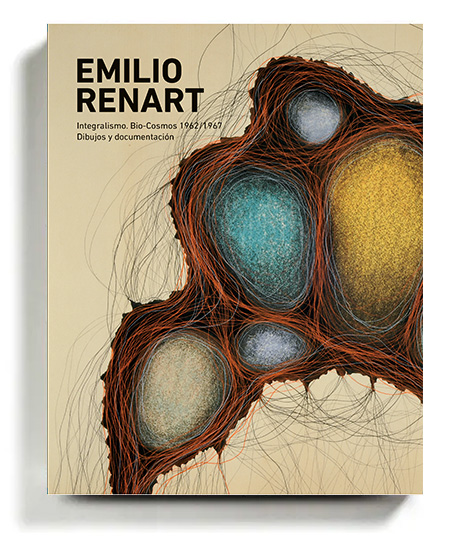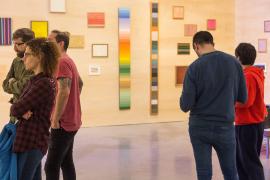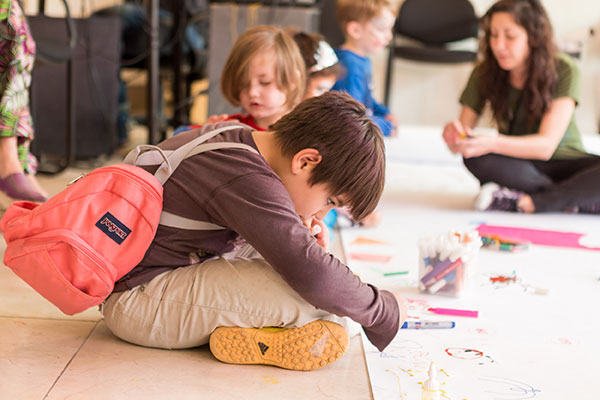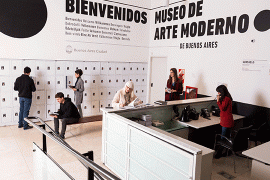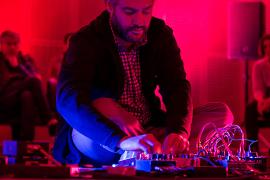2016
Bilingual edition, Spanish/English
Texts: Marcos Krämer, Emilio Renart and Sebastián Vidal Mackinson
Research and Compilation: Sebastián Vidal Mackinson
Graphic Design: Adriana Manfredi
Translations: Kit Maude
–
160 pages
Format: 20 x 25 cm
ISBN 978-987- 673-282-6
–
This publication documents the Museo de Arte Moderno’s exhaustive research into
a great artist whose identity, fiercely independent from the trends of the day, left its
mark on Argentinian 1960s art. The publication seeks to make a contribution to the
field of knowledge around the work of Emilio Renart through Sebastián Vidal
Mackinson’s research about his drawings and his large-scale project Integralism:
Bio-Cosmos. The book is centred around this major series created between 1962
and 1967. It presents images, press and archive material, manifestos and other
writings by the artist himself, as well as texts illustrating the dialogue around his
work and the institutional procedures involved in all five Integralism: Bio-Cosmos,
which were largely responsible for crystallizing Emilio Renart’s unique place in
the Argentinian scene.
‘This book, Emilio Renart: Integralismo. Bio-Cosmos 1962/1967. Drawings
and Documentation, seeks to make a start on remedying the lack of research into
his work with a focus on the series mentioned in the title. It attempts to reconstruct
as precisely as possible the images, discursive worlds, and institutional journeys of
the five “Integralismo. Bio- Cosmos” pieces that to a great degree consolidated
Emilio Renart’s unique reputation on the Argentine scene following his emergence
in the early sixties. This was necessary because, save for Integralismo.
Bio-Cosmos n°1, which is part of the collection of the Museo de Arte Moderno de
Buenos Aires and the middle section of Integralismo. Bio- Cosmos n°3, which belongs
to the Museo Provincial de Bellas Artes “Emilio Pettoruti” in La Plata, the remaining
objects were either destroyed by Renart or lost or destroyed for different reasons.
Several drawings and pieces survive in private collections but little is known about
the “monsters”, as some members of the press called them at the time. It was with this
objective in mind that different sources were gathered from the archive (including press
articles, exhibition catalogues, and entrance forms for museum collections), people
were interviewed and private collections searched so as to achieve the widest possible
overview of one of the most unique oeuvres in Argentine art. ’
Sebastián Vidal Mackinson



